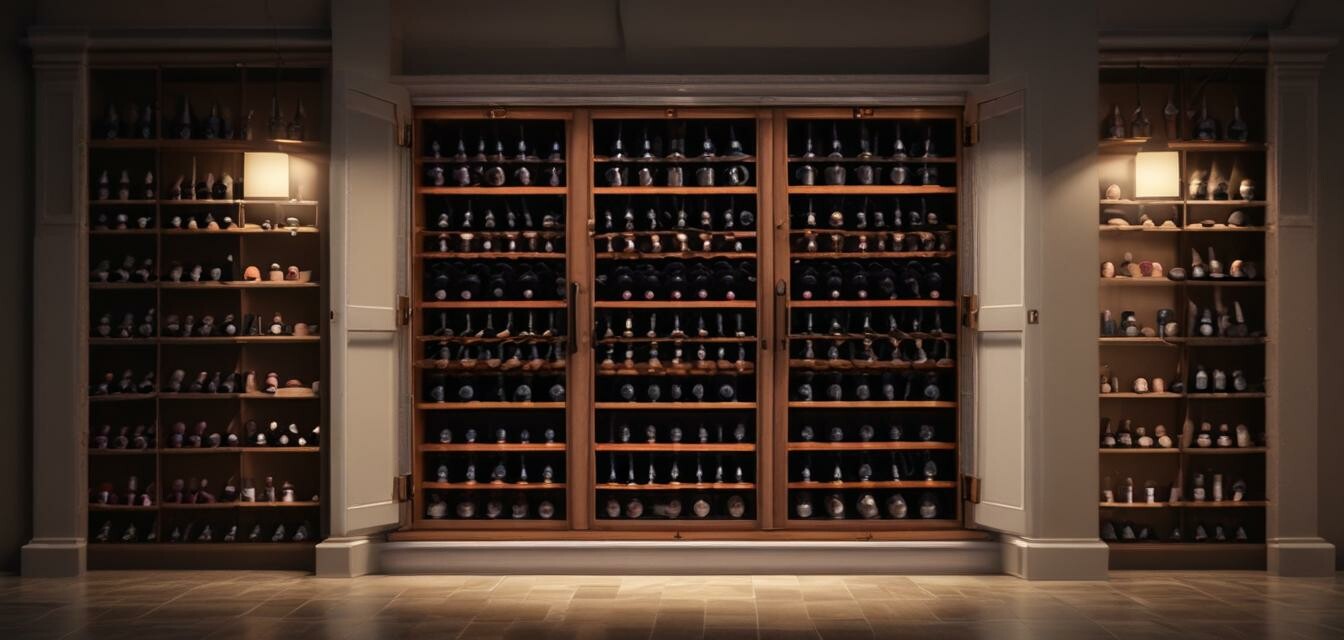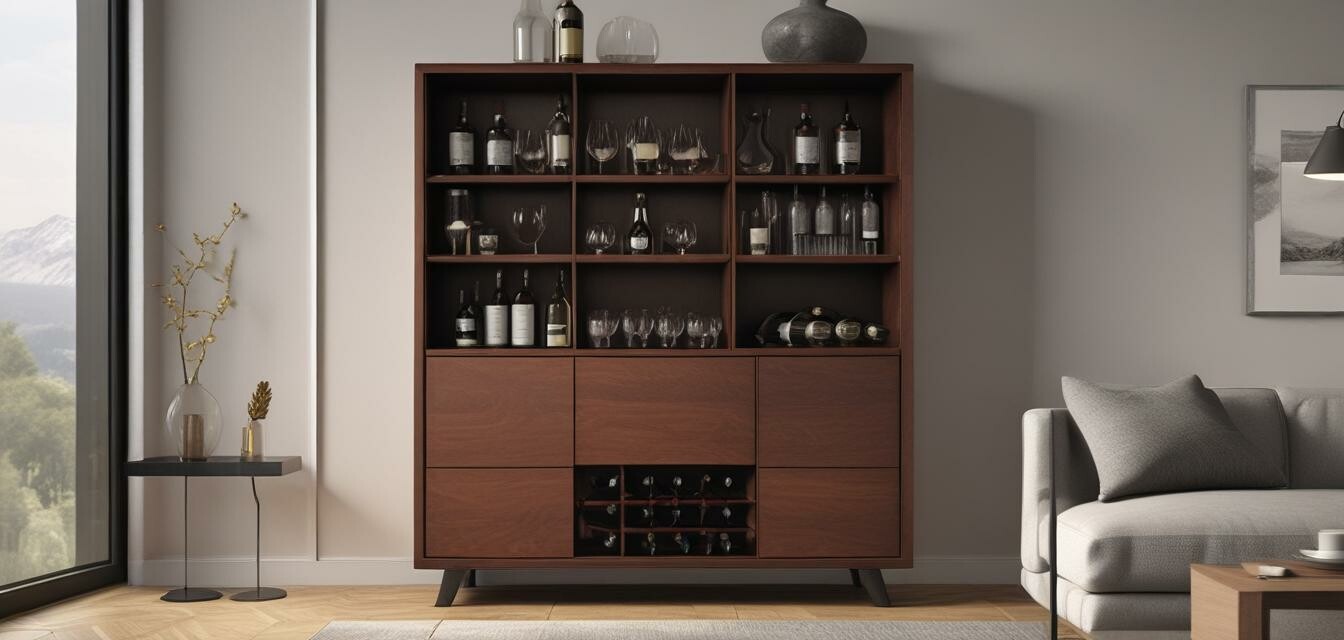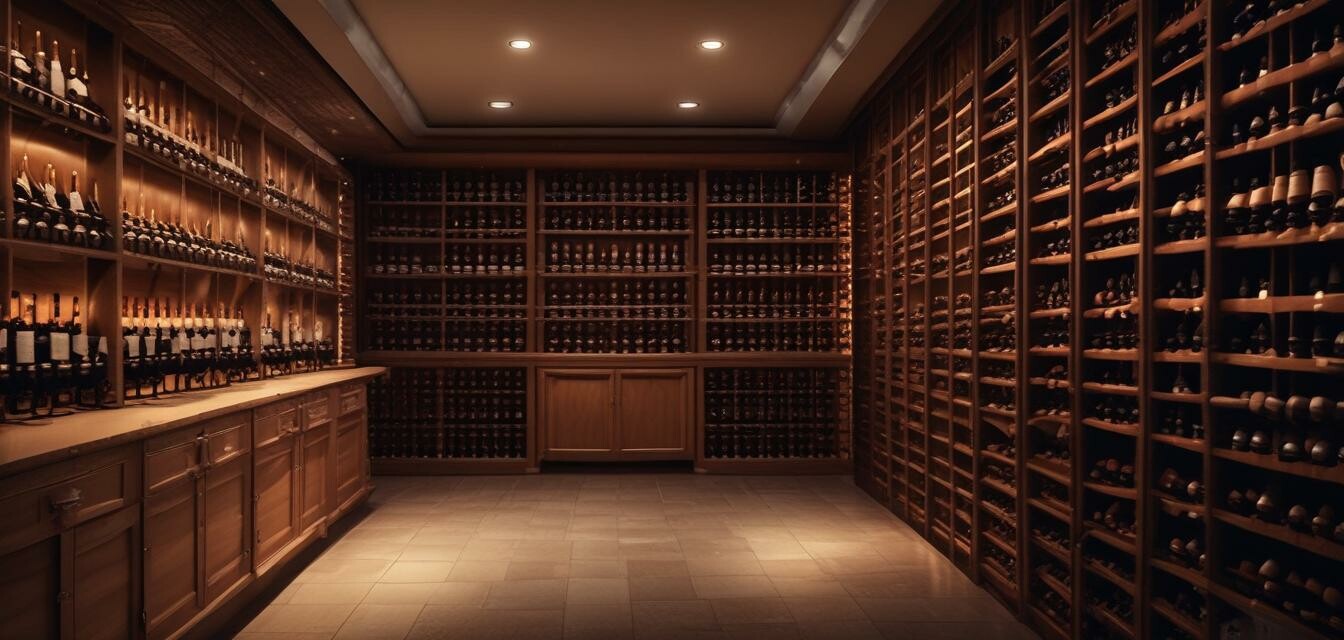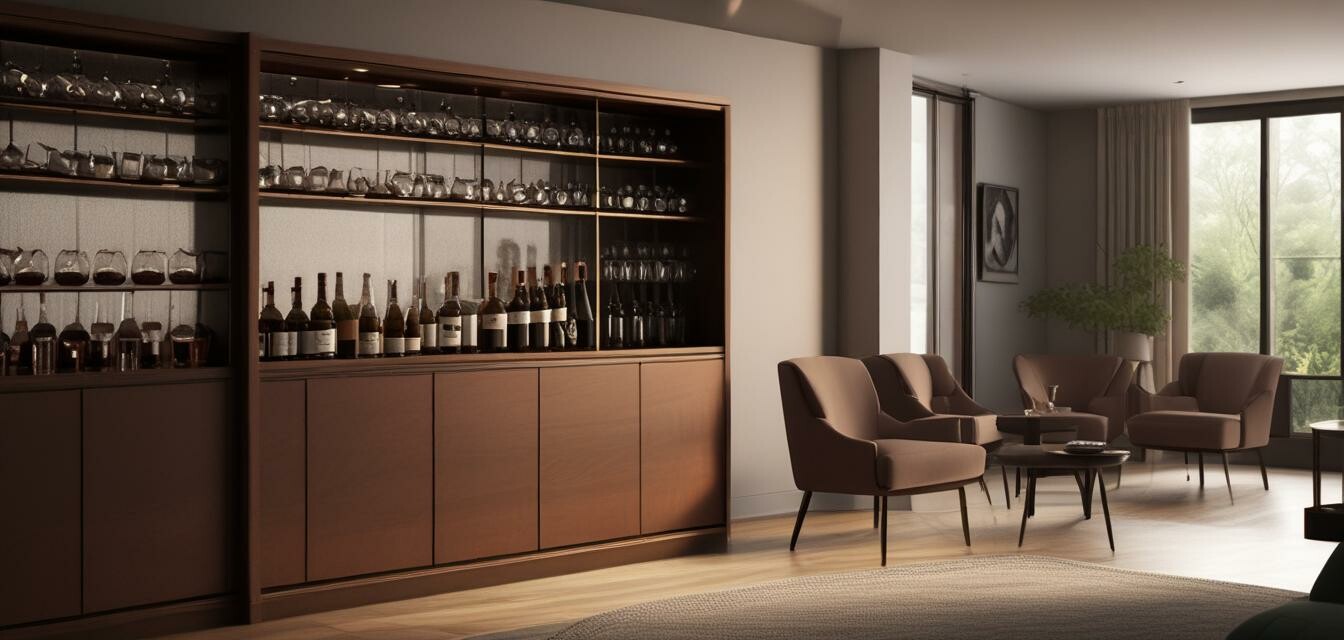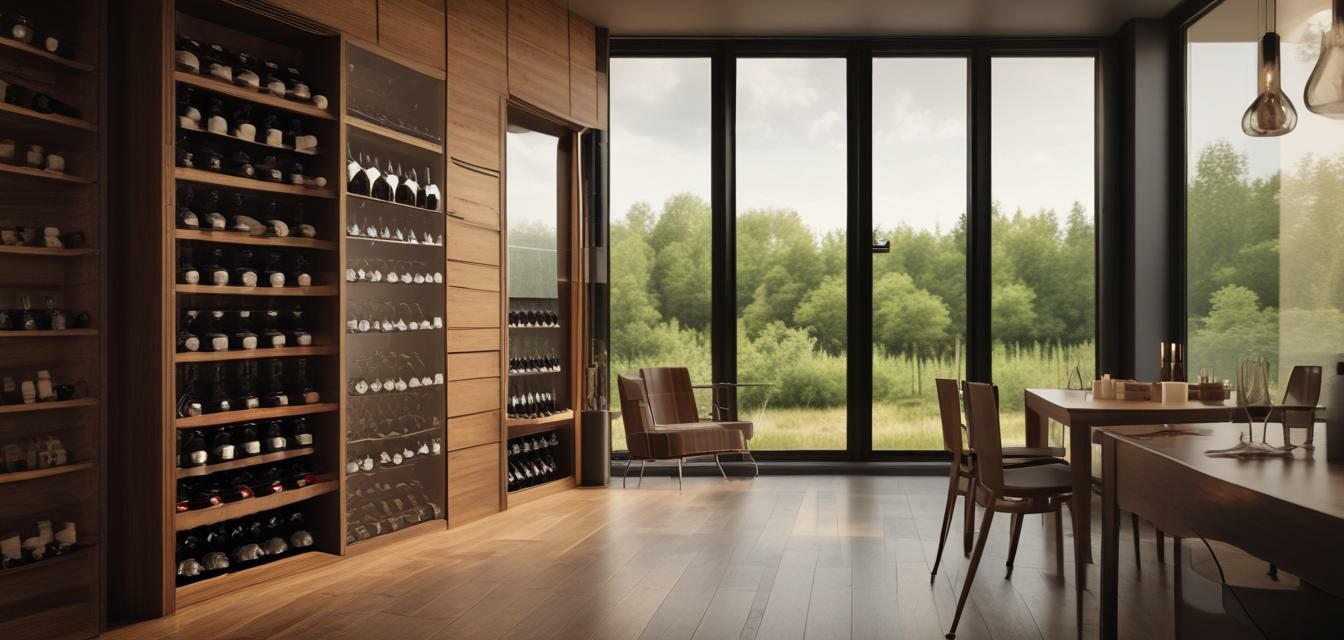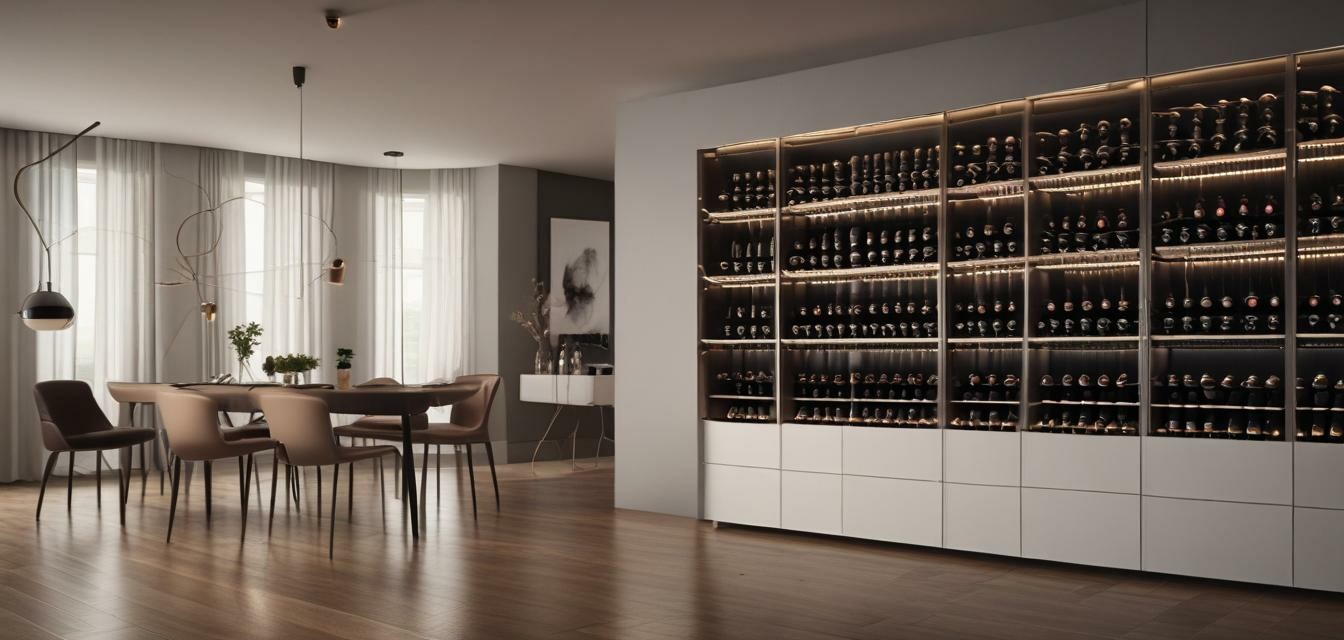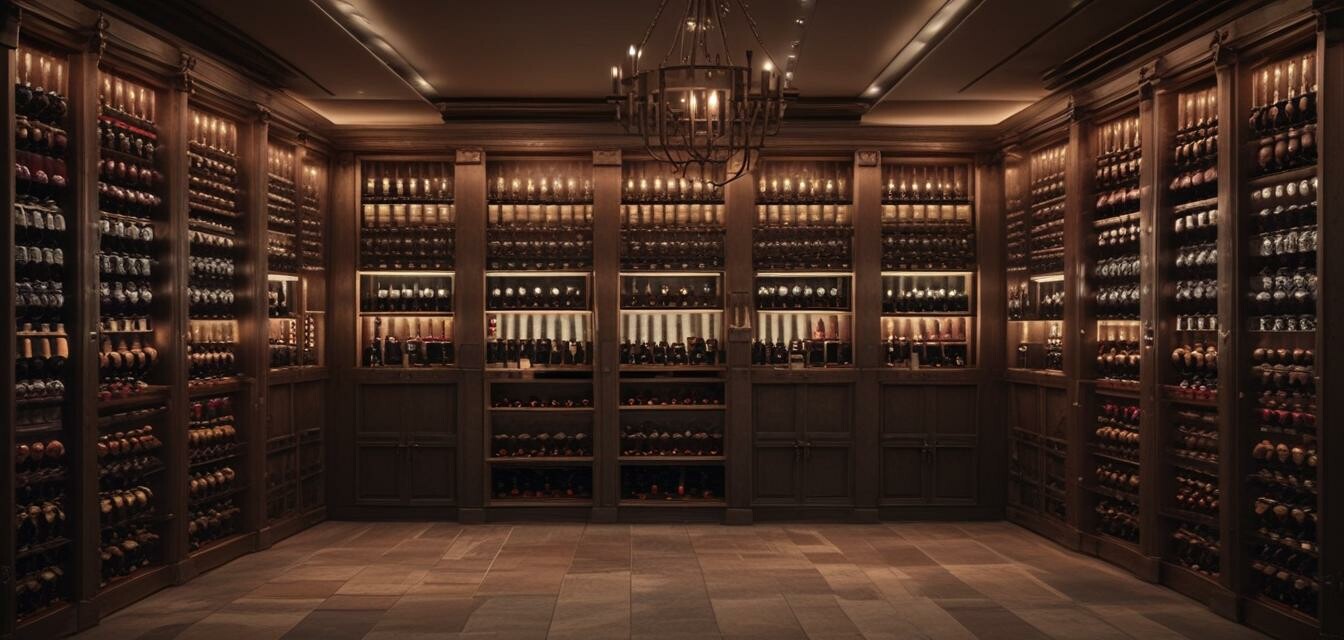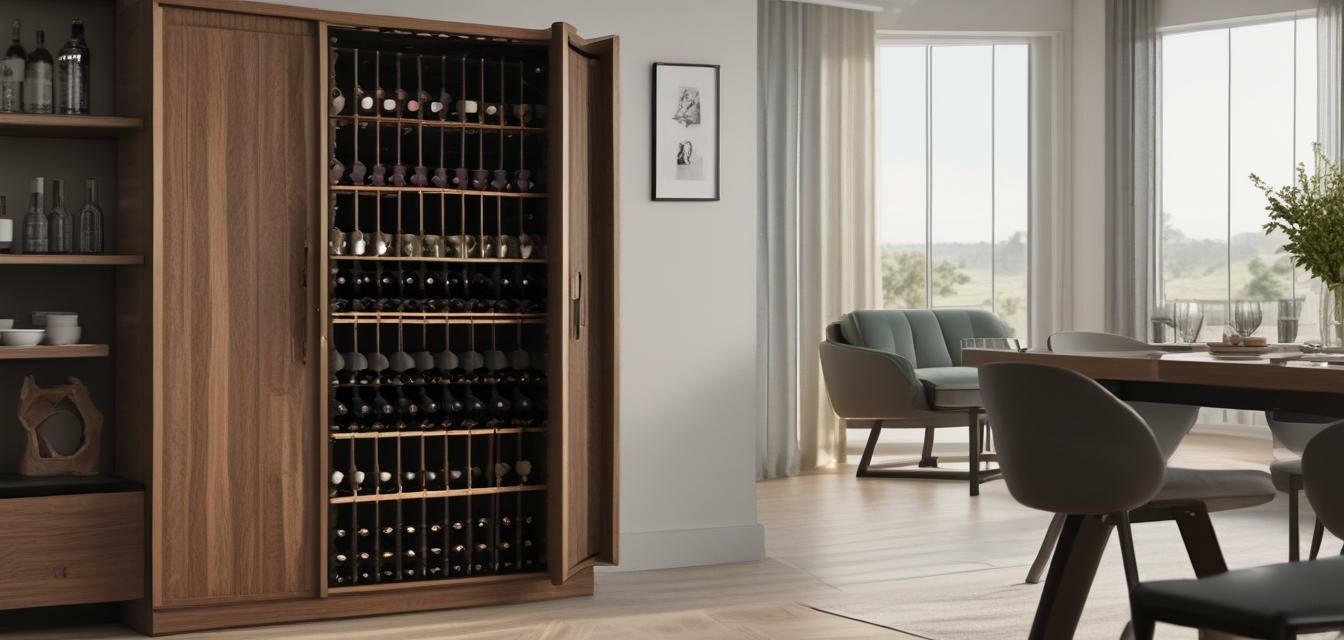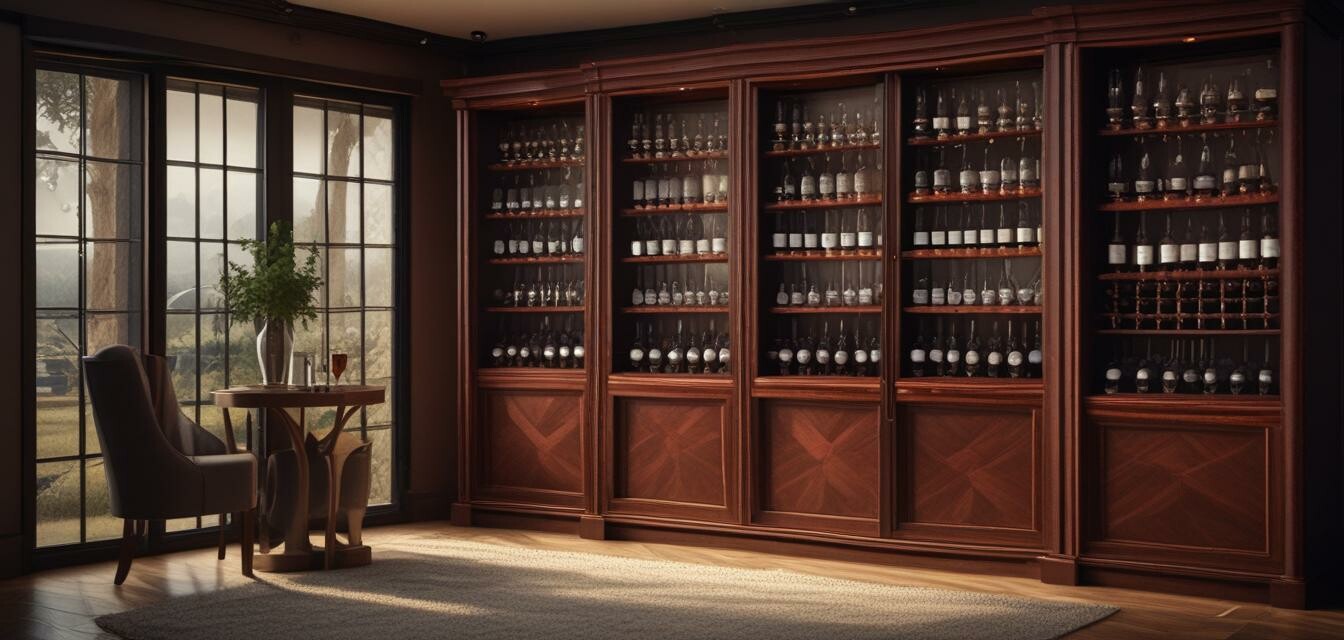
Materials Used in Wine Cabinet Furniture
Key Takeaways
- Wine cabinet furniture can be made from various materials, each offering distinct aesthetic and functional qualities.
- Common materials include wood, metal, glass, and composite wood.
- Choosing the right material can enhance the decor of your home while also affecting the durability of the cabinet.
- Understanding material properties helps in selecting the right wine cabinet for your needs.
When it comes to wine cabinet furniture, the materials used play a crucial role in both appearance and functionality. With a variety of materials available, each type brings something unique to the table, making the right choice important for any wine enthusiast. In this article, we will delve into the different materials commonly used in wine cabinet furniture and their benefits.
Types of Materials Used in Wine Cabinets
| Material | Features | Advantages | Disadvantages |
|---|---|---|---|
| Wood | Traditional and elegant appearance. | Durable, good insulation, customizable. | Can be expensive, susceptible to moisture damage. |
| Metal | Modern industrial look. | Very durable, easy to clean. | Can be prone to rust, not as insulating. |
| Glass | Sleek and transparent, allowing a view of contents. | Stylish, allows for visibility. | Fragile, can be heavier. |
| Composite Wood | Made of layers of wood and other materials. | Cost-effective, maintains the look of wood. | Less durable than solid wood, can have lower quality. |
Wood: The Classic Choice
Wood is perhaps the most popular material for wine cabinet furniture. It offers a timeless appeal and can fit in seamlessly with both contemporary and traditional decor styles. Different types of wood, such as oak, cherry, and walnut, provide unique textures and colors.
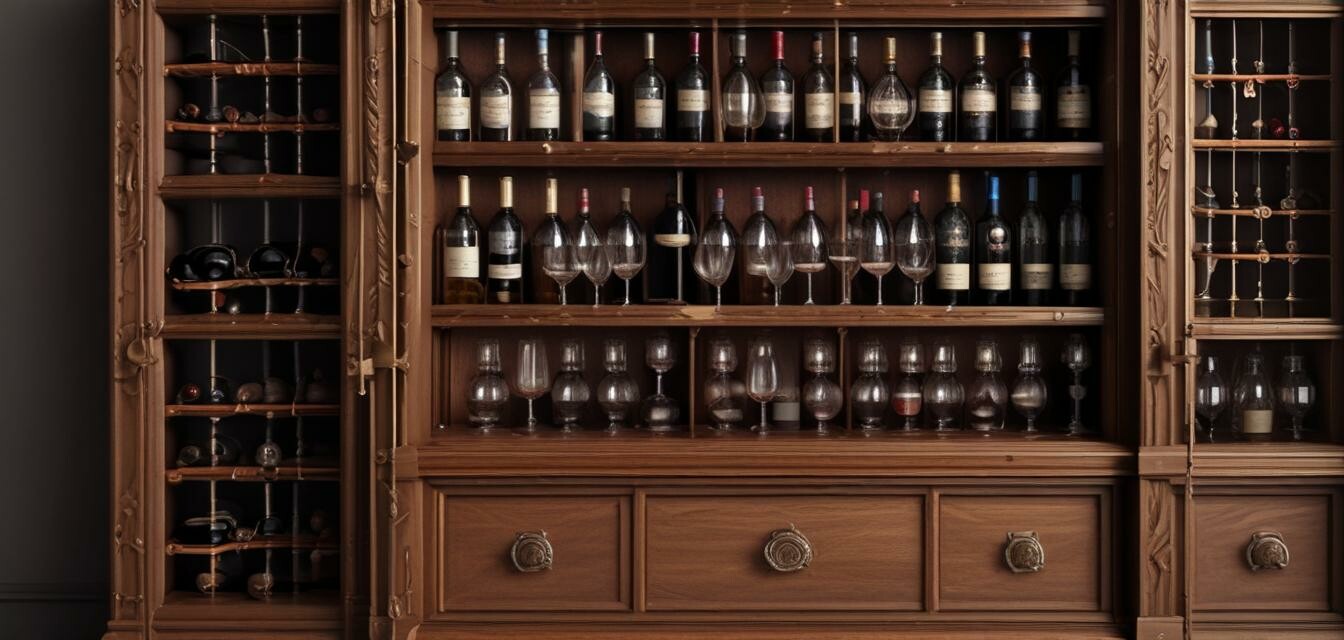
Advantages of wood
- Excellent insulation, keeping wine at optimal temperatures.
- Customizable in terms of design and finish.
- Durability that can last for generations with proper care.
Disadvantages of wood
- Can warp or crack in high humidity environments.
- Higher cost compared to other materials.
Metal: A Modern Take
For those who prefer a more modern look, metal wine cabinets present a sleek and stylish option. Often made from stainless steel or wrought iron, they can add an industrial flair to your space.
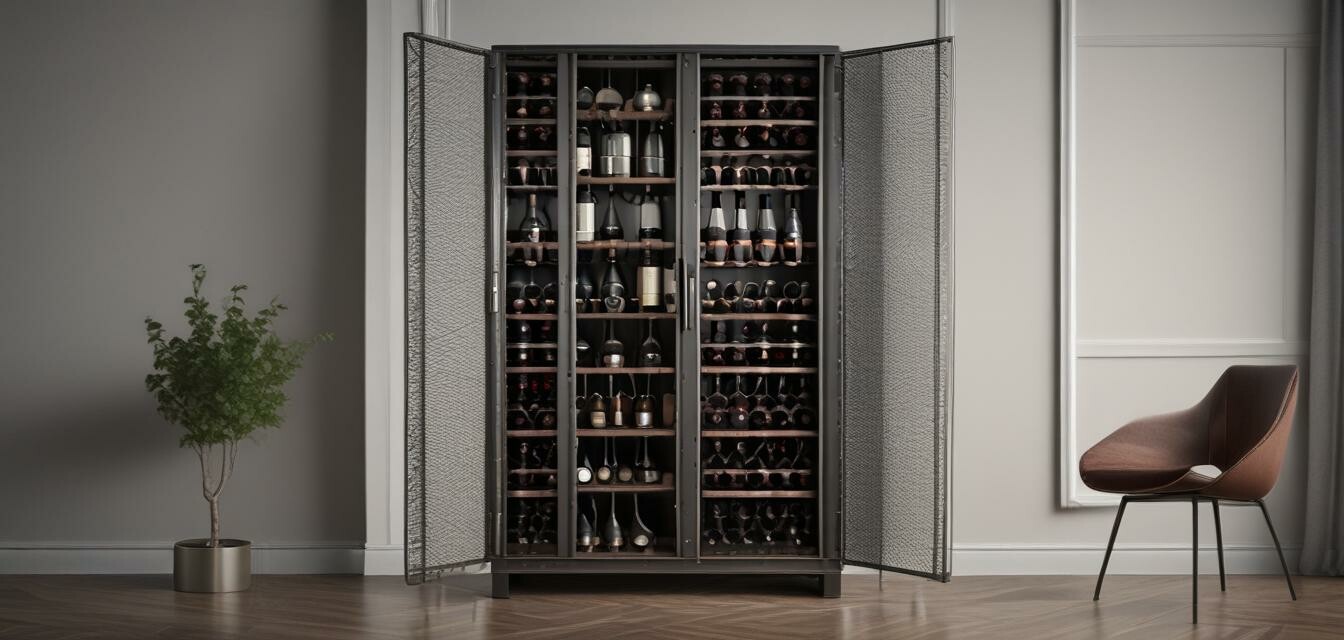
Advantages of metal
- Highly durable and resistant to damage.
- Easy to maintain and clean.
Disadvantages of metal
- Limited insulation properties for wine preservation.
- Can accumulate temperature fluctuations more easily than wood.
Glass: A Sophisticated Look
Glass wine cabinets mix elegance with functionality. These cabinets allow for easy visibility of your wine collection and can act as a focal point in any room.
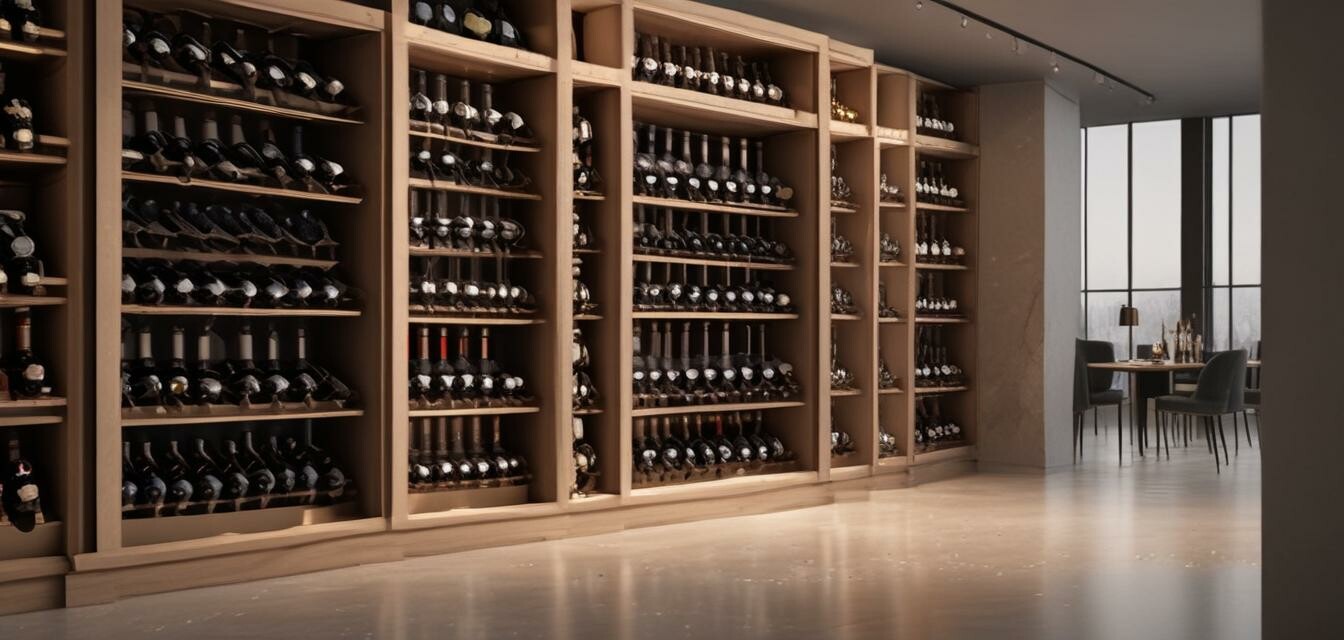
Advantages of glass
- Displays your collection beautifully.
- Brings a refined touch to decor.
Disadvantages of glass
- Can be heavy and requires careful handling.
- More prone to scratches and damage.
Composite Wood: A Practical Option
Composite wood is a cost-effective alternative to solid wood and offers a similar aesthetic. It is made from layers of wood particles and resins, making it a popular choice for many homeowners.
Advantages of composite wood
- Generally more affordable than solid wood.
- Maintains a similar appearance to wood while being less susceptible to warping.
Disadvantages of composite wood
- Less durable than solid wood.
- May have lower quality finishes that can wear out over time.
Choosing the Right Material
The ideal material for your wine cabinet depends on various factors, including the style of your home, your budget, and how you plan to use the cabinet. Here are a few tips to help you decide:
Tips for Choosing Wine Cabinet Material
- Consider the overall decor style of your home.
- Determine your budget and budget for maintenance.
- Think about how many bottles you plan to store.
- Evaluate the environmental factors such as humidity and temperature.
Conclusion
Understanding the different materials used in wine cabinet furniture can help you make an informed choice that fits your aesthetic and practical needs. Whether you opt for the timelessness of wood, the durability of metal, the sophistication of glass, or the practicality of composite wood, each type provides distinct advantages and adds character to your home.
Pros
- Diverse material options to suit personal style.
- Each material provides unique benefits for wine preservation.
- A well-chosen wine cabinet enhances the decor of any room.
Cons
- Higher quality materials can be expensive.
- Improper maintenance can lead to damage over time.
Related Products
Explore our selections based on material:
- Classic Wine Cabinetry
- Custom Wine Storage Solutions
- Freestanding Wine Racks
- Modern Wine Cabinets
- Wall-Mounted Wine Racks
If you are keen on expanding your wine cabinet collection, take a look at our wine cooler cabinets for a blend of style and functionality.
